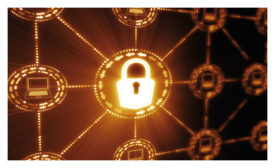Cybersecurity News
DDoS attacks increase 542% quarter-over-quarter amid pandemic
DDoS traffic capitalizes on work-from-home connectivity reliance to disrupt service provider targets
July 2, 2020
Security leadership: Women on the frontline
What does success look like in the enterprise security industry? Meet 13 female security executives who are at the forefront of the field.
July 1, 2020
Sign-up to receive top management & result-driven techniques in the industry.
Join over 20,000+ industry leaders who receive our premium content.
SIGN UP TODAY!Copyright ©2024. All Rights Reserved BNP Media.
Design, CMS, Hosting & Web Development :: ePublishing











